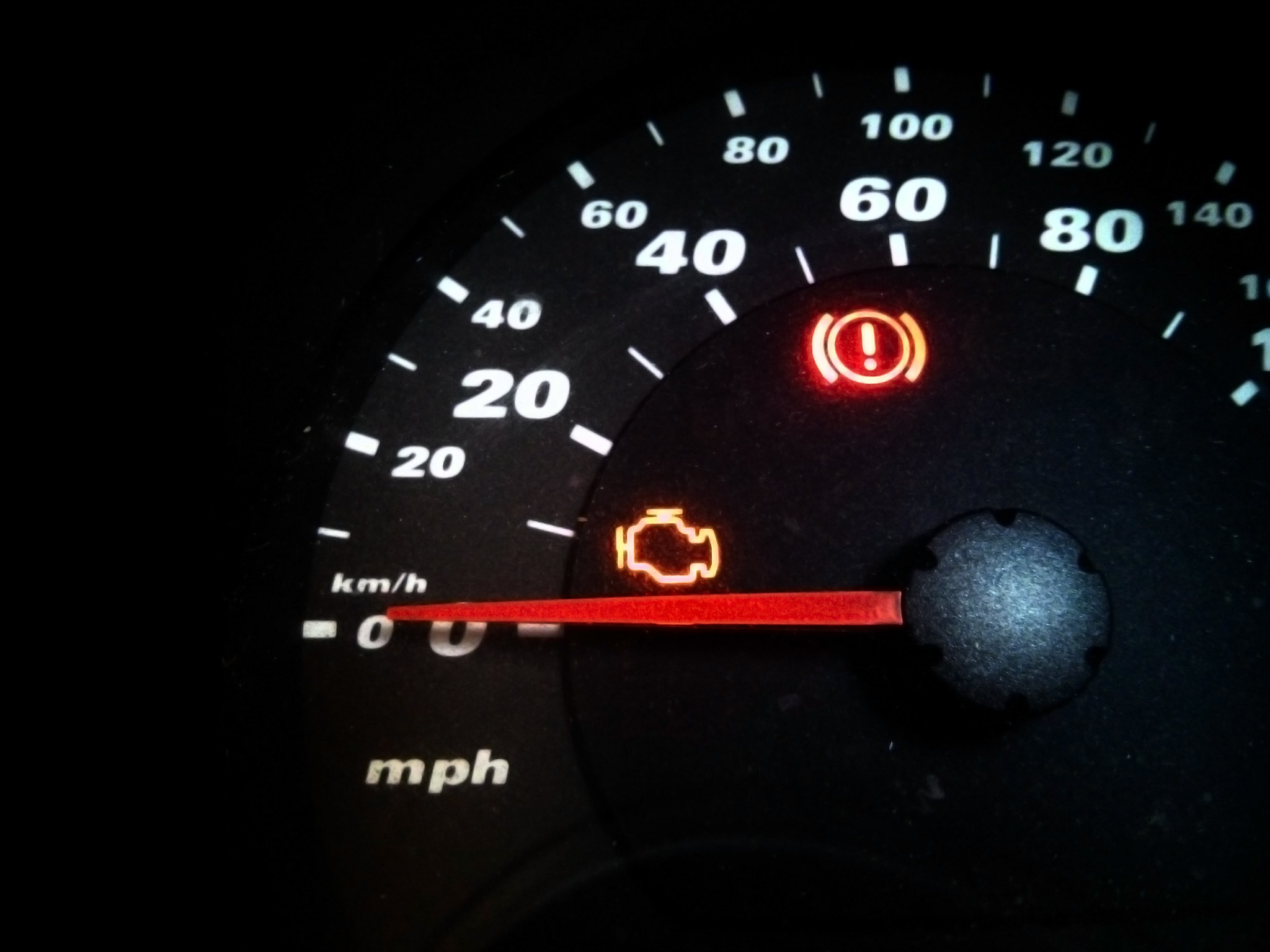One of the most stressful things that can happen while driving is seeing the check engine light come on. It can indicate something as innocuous as a faulty gas cap, or it can mean something much more serious. Typically, it will require a visit to a mechanic to figure out what is going on and get the light reset.
The check engine light comes on when the CPU, the primary computer for the engine, notices that something is wrong. To figure out what exactly is wrong, you will need to get the code read by a specific handheld device. While the light coming on does not necessarily mean you need to go straight to a shop, it is a good idea to figure out what the problem is before it develops into something more serious.
The System for Diagnosing an Illuminated Check Engine Light
In 1996 all automakers began standardizing their error code systems under a protocol called OBD-II, which has a list of trouble codes. All vehicles now feature a universal connector that can be used to access this standardized list of error codes. This connector is usually found under the steering column and is quite easy to find.
Before 1996, all vehicles had their own engine diagnostic systems, which made something like a check engine light much more confusing to diagnose. Some automakers today have codes unique to their vehicles, such as if the problem involves a part that would not affect other cars, but the vast majority of codes are standardized.
Virtually any mechanic will be able to diagnose the problem using a specialized scanner tool. Even some retail auto shops will do the diagnosis for you. However, you may need to pay a fee to get the code read. Some modern systems will connect to a smartphone to read the code, but usually, it needs to be retrieved manually and then looked up in a directory. Once you know the problem, you can get it fixed so that the light does not stay on indefinitely. Code readers will also let you turn off or reset the engine light, but you should wait until you get the problem repaired since there is a high likelihood that the light will just come on again in the meantime.
What to Do When You See the Check Engine Light Come On
The lights in your instrument cluster are color coded according to severity, with red meaning that you need to take immediate action. The check engine light is yellow or amber, which indicates that a problem is present but is not emergent. If your check engine light is flashing, this often indicates an emergent problem, such as a misfire that could overheat the catalytic converter. You should always immediately address a light that’s flashing, but if it isn’t, you do not need to rush. That said, it’s also important not to put it off too long, as that could lead to a much more costly problem down the road.
When the light comes on, a good first step is to do a quick examination of the car and make sure nothing obvious is wrong, such as a loose gas cap. If not, take your vehicle to a mechanic as soon as you can. You may be tempted to ignore the light, but be warned, it will need to be fixed and turned off before the car will pass a state inspection. Often, the problem has to do with emissions. Your car may be releasing many more harmful chemicals into the air than you know.
People often hesitate to take their car in because they are worried about a costly bill, but many of these fixes are cheap and easy. Plus, once you know what the problem is, you will have peace of mind.
The Common Issues behind a Check Engine Light
The check engine light can come on for many different reasons, which is why it is so important to get the code read. However, it is also important to note that changes in the weather, particularly humidity, can trigger the light, so there may not be an issue at all. When this happens, the sensor may turn off on its own after a short time. Nevertheless, there is typically an underlying problem that needs to be addressed, such as the sensors themselves. The oxygen sensor is one of the most common causes behind the check engine light, although mass airflow sensors and thermostats are also frequent culprits. Another is the gas cap, as already mentioned. Tightening the cap may cause the light to go off after a bit.
The majority of issues behind a check engine light cost only a few hundred dollars or less to repair. Other common culprits include ignition coils, spark plugs, and fuel injectors. However, it is worth mentioning that faulty catalytic converters are one of the most expensive causes behind a check engine light. Since catalytic converters use rare materials, they can cost more than $1,000 to replace.
Featured Image courtesy Chris Isherwood | Flickr
